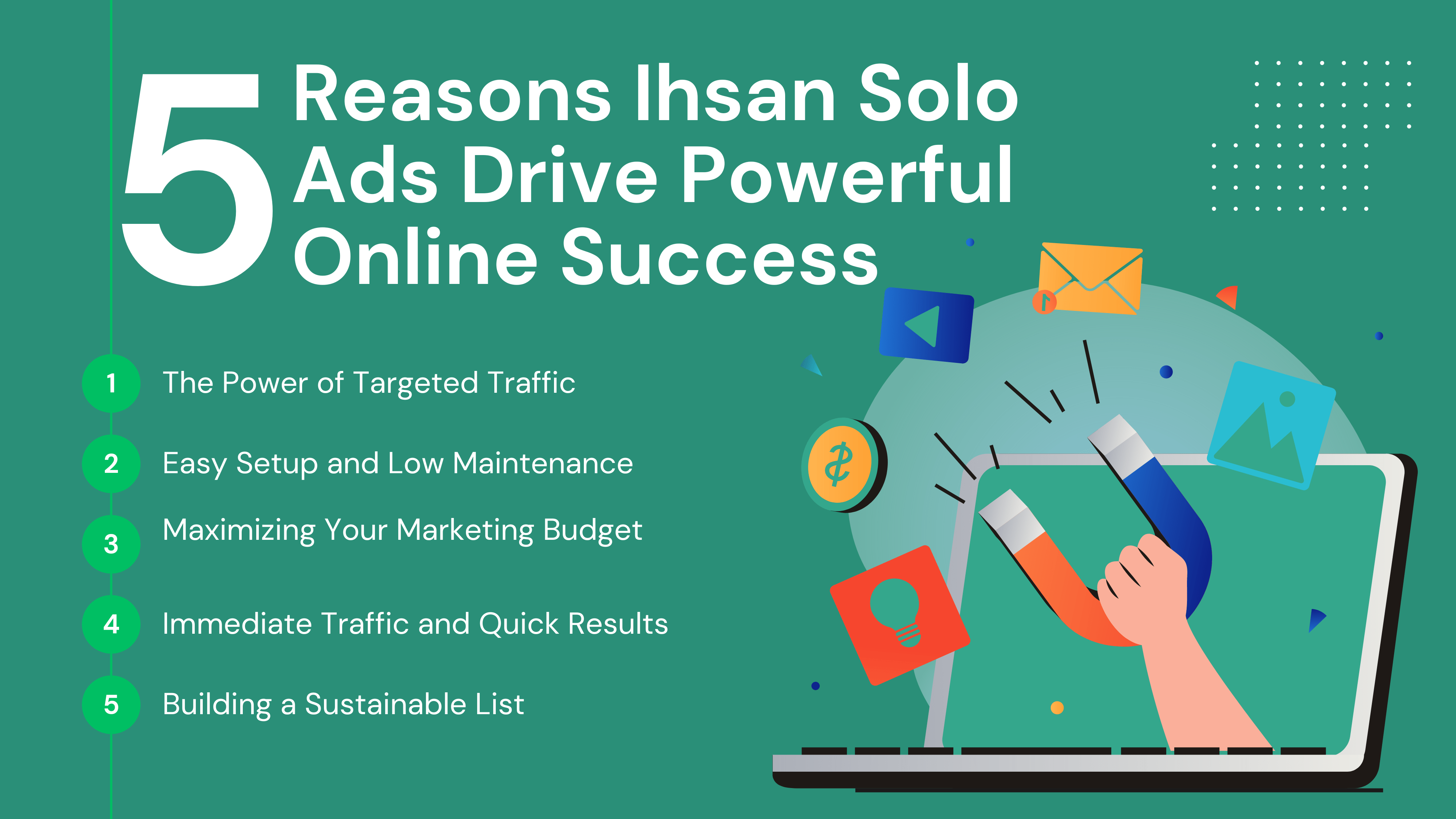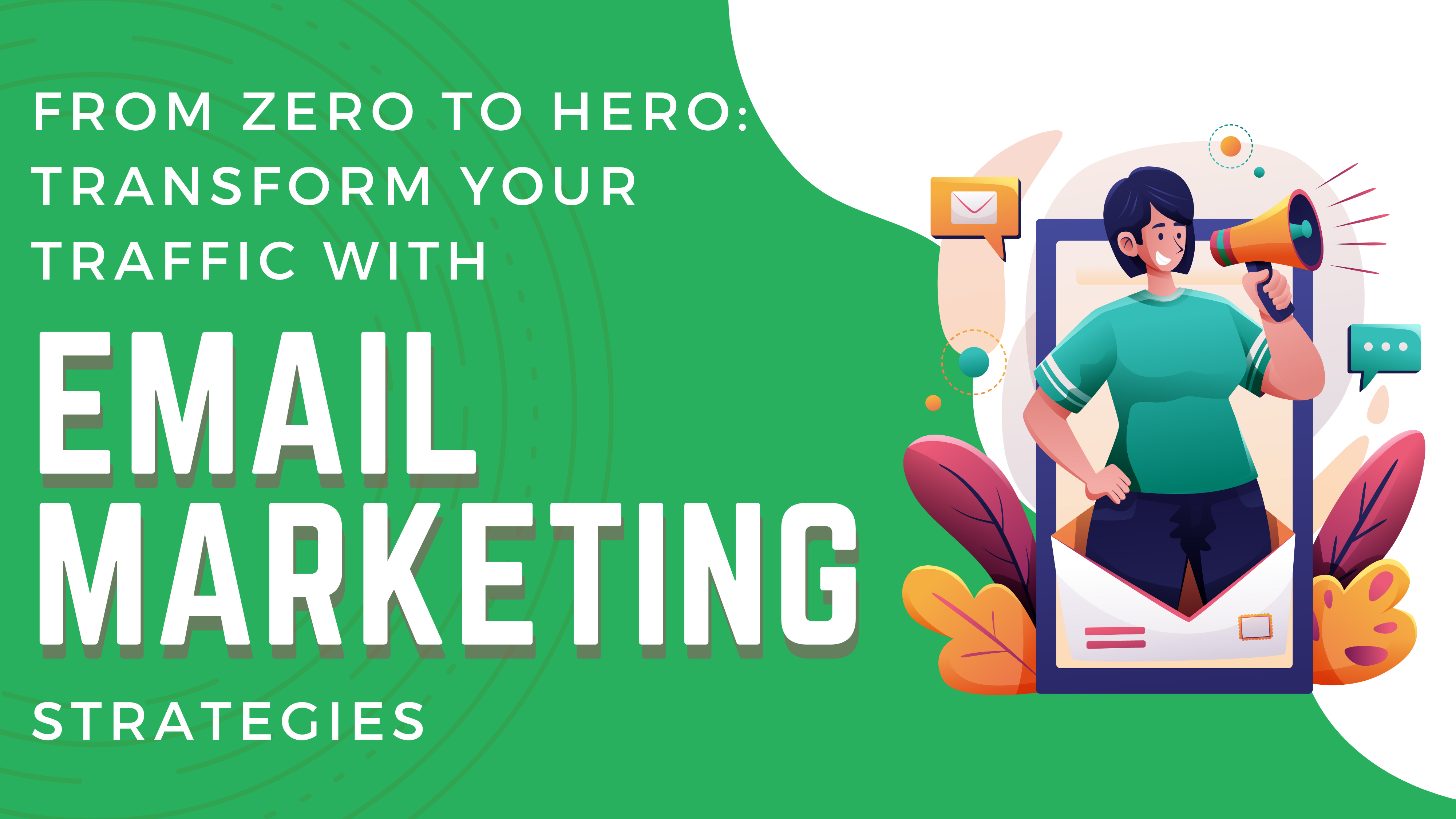Now it’s time to show you the strategies from this checklist in action.
Specifically, I’m going to show you how Sean at Proven.com used a handful of the items on this checklist to increase his organic traffic by 88%.
1. How Sean Improved His On-Page Optimization
Sean’s site had A TON of pages.
So it didn’t make sense to spend hours on each one.
That’s why Sean focused on optimizing his 10 most important pages.
Some of Sean’s most important pages were blog posts, like this:
Others were service pages, like his homepage:

But in general, Sean used the on-page SEO tips from this checklist on all 10 pages.
Sean’s content was already well optimized. So, it only needed to make a few tweaks.
For example, let’s see how Sean improved his post on questions to ask references.
First, Sean to add his target keyword (“questions to ask references”) in the first 100 words of his article:
He also sprinkled LSI keywords (like “business references”) into his content:
Now that Sean’s content was keyword-optimized, it was time to boost his click-through-rate.
2. How Sean (Quickly) Improved His CTR By 64.1%
Sean had a post on his blog called: 100+ Best Job Boards to Find Niche Talent.

Here’s what the page’s organic result looked like:
Not bad…but could be better.
Here’s exactly what Sean did to improve this listing’s CTR:
First, he looked at AdWords ads for keywords, like “job boards”:
And he noticed that most listed a specific number of job boards in their ads:

(Sean also noticed that NONE of them used the term, “niche talent”).
So Sean changed his title tag to:
“100+ Job Boards for Job Seekers and Recruiters”
And his meta description tag to:
“Find the best job boards on the web all in one place. See our list of 100+ boards right here.”
Here’s what his Google result looks like now:
Today, that page’s CTR is 4.88%…
…64.1% higher than before.
Pretty cool, huh?
3. How Sean Got Users to Spend More Time On His Site
Like I mentioned earlier:
If people stick to your site like superglue, Google will give you a rankings boost.
Here’s how Sean got people to spend more time on his site:
First, Sean pushed his content above the fold.
How?
Well, Prove n’s blog posts used to have a big gap between the site’s navigation and the post title:
The top of your page is million-dollar real estate.
That’s why you want to avoid unnecessary space that pushes your content below the fold.
So he reduced that space by 50%.
Proven’s blog also had breadcrumbs navigation.
Breadcrumbs navigation is OK for an ecommerce site. But it’s not necessary for a blog.
So, Sean got rid of it.
Prove n’s blog posts also had massive images at the top of each post.
These definitely looked cool…
…but they pushed Sean’s excellent content below the fold.
So, Sean made his post images significantly smaller:
Next, Sean made his blog post introductions “sticky”.
Your blog post introductions are HUGE.
Because the truth is this:
If you lose someone in your intro, you’ve lost them for good.
But if you hook someone with a compelling introduction…
…they’re MUCH more likely to stick around.
For example, Sean’s changed his introduction from this:
To this:
What did he change exactly?
First, Sean cut out sentences that stated the obvious.
He also formatted the content so that there were only 1-2 sentences per paragraph (this improves your content’s readability).
These design and introduction improvements boosted Prove n’s “Avg. Time on Page” by 12.2%:

4. What Happened When Proven Deleted 10k Dead Weight Pages
Proven had A LOT of dead weight pages on their site.
In fact, they had over 48,000 pages indexed in Google:
Because Proven.com is an online job board, they had a lot of old job listings hanging around:
Not to mention profile pages for companies that hadn’t posted a job in months:
Also, Prove n’s search result pages were getting indexed…

…which was creating tons of duplicate content.
(And Dead Weight pages by the thousands).
So, Sean quickly deleted or redirected Proven.com’s Dead Weight pages.
In total, Sean deleted or redirected over 10,000 pages.
And this is one of the main reasons that their search traffic improved so quickly.
5. How Sean Boosted Prove n’s Page Speed
Our recent study of 1 million Google search results found a significant correlation between site speed and rankings:
(Not to mention the fact that Google has said that they use page speed as a ranking signal).
So yes, site speed IS important for SEO.
Here’s exactly how Proven sped things up:
First, they ran their site through Google’s Page Speed Insights tool:
Then they tested their site’s loading speed with GTMetrix.com.
Why did they use both?
Google’s tool only looks at your page’s HTML.
GT Metrix actually loads your page.
(That way you can see if server issues are slowing things down)
Overall, Sean’s site loaded pretty quickly.
The only problem was that his images weren’t well optimized.
Once he optimized his images (by manually resizing them and specifying image dimensions in his HTML), Sean’s loading speed significantly improved:
Conclusion
As you saw, this SEO checklist really works.
But before you get started on the checklist, I’d like to hear from you.
What did you think of today’s post?
Or maybe you have a question about something you read.
Let me know by leaving a comment below.




